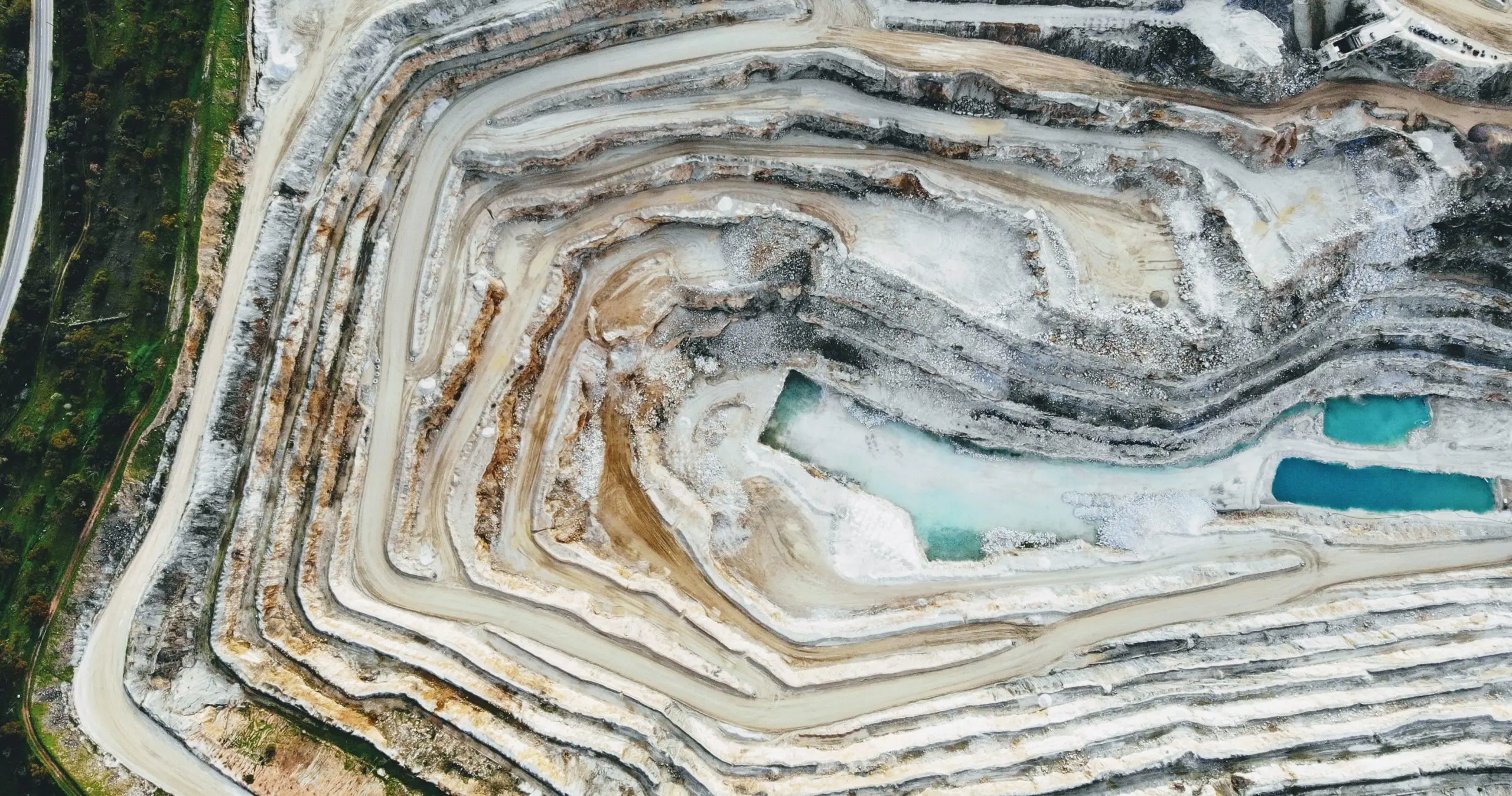Pricing and restoring natural capital: a case study on mining and vegetation
Research

Natural resources often come for free to the companies that use them. Natural resources have a large economic value. For example, pollination enables between US$235 and US$577 billions of the global agricultural output and the total value of forests is estimated to be around US$4.7 trillion per year. However, most often companies are allowed free use of vegetation and other natural resources in their production processes. This is a problem, as we are currently consuming natural resources 1.75 times faster than the planet can regenerate, which endangers the ecological foundations of society.
This research provides a centralized, satellite-based methodology to estimate the cost of vegetation loss for the mining sector. It shows that by using satellite images that are publicly available, it is possible to assess the impact of companies on natural resources and estimate the related cost. As a case study, this research considers the Antamina mining site in Peru and the associated loss of vegetation, with three main steps:
- Use of an established satellite-based approach to compute and index that tracks the type of light emitted by plants during photosynthesis to measure vegetation’s intensity.
- Link the index to the mining activity in Antamina, as the impact of vegetation is evident and visible from space.
- Consider the amount of money that would be required to restore a similar amount of vegetation, and we use it to value the vegetation loss in the Antamina site
WATCH THE VIDEO PRESENTATION OF THE PROJECT
IN THE MEDIA
This Research Project appeared in several media:
- 8 September 2023, Rather than offsets, companies should repay their debt to nature through a centralized biodiversity fund, Reuters




